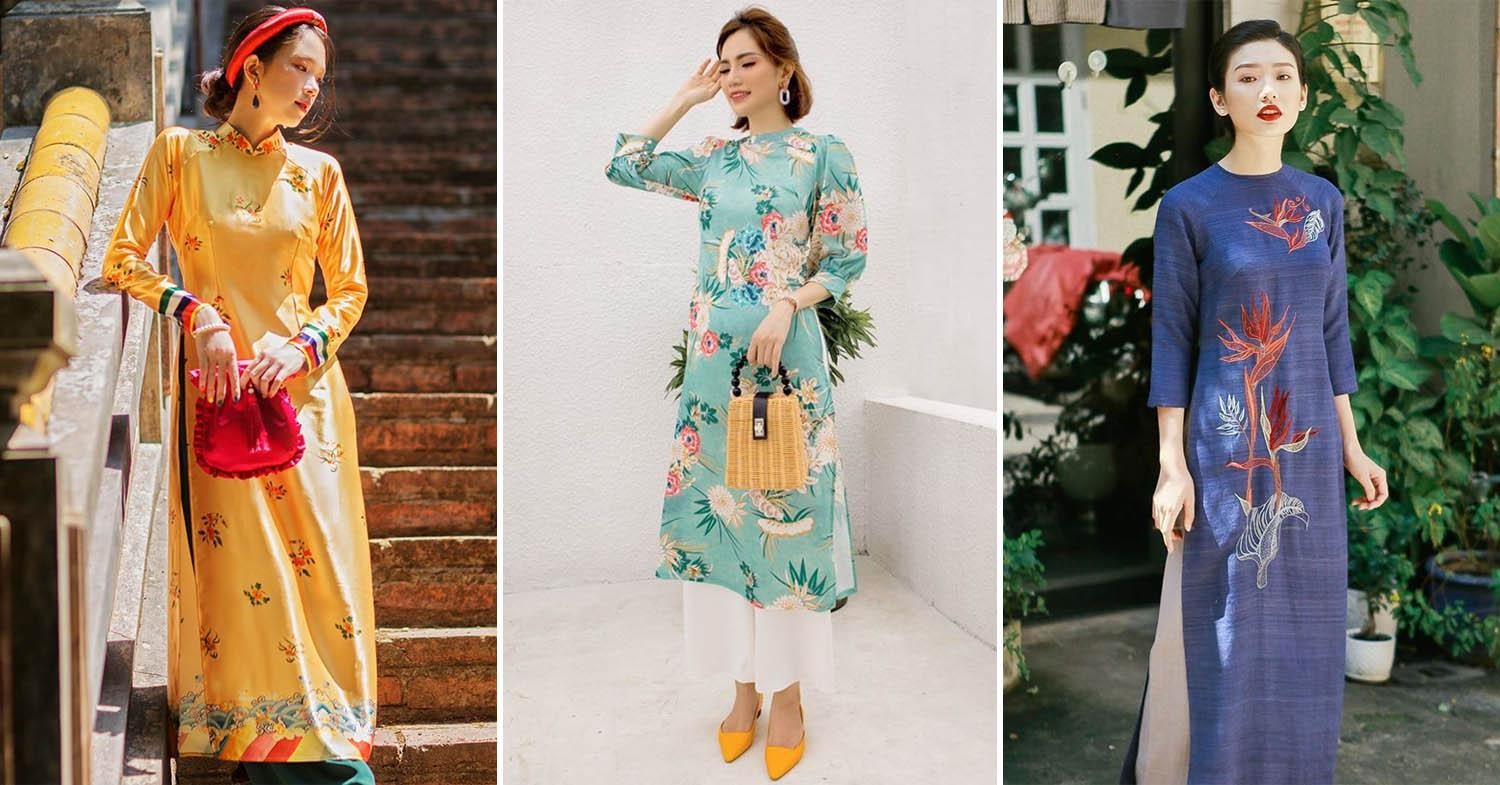Elegant Tradition: The Timeless Beauty of Ao Dai
Vietnam's Ao Dai holds a special place in the hearts of those who appreciate its grace and elegance. This traditional attire, with its distinctive long tunic worn over trousers, encapsulates the timeless beauty of Vietnamese culture. The Ao Dai is more than just a piece of clothing; it is a symbol of tradition, sophistication, and femininity. Its origins can be traced back centuries, and yet it continues to captivate admirers around the world with its simple yet striking silhouette.
History and Origins
The elegant garment known as ao dai has a rich history dating back centuries in Vietnam. This traditional attire first emerged during the Nguyen Dynasty in the 18th century, evolving from a more loose-fitting style worn by both men and women, to the form-fitting, high-collared outfit that is recognized today.
Origins of the ao dai trace back to the influence of Chinese fashion combined with Vietnamese culture. It was in the 1930s when the modern ao dai style, with a slender silhouette and long panels, became popular among Vietnamese women. This marked a shift towards a more tailored and sophisticated design, emphasizing the beauty and grace of the wearer.
Over time, the ao dai has become a symbol of cultural identity and national pride in Vietnam. It is often worn on special occasions and celebrations, reflecting the essence of Vietnamese elegance and grace. The timeless beauty of the ao dai continues to captivate hearts around the world, showcasing the enduring allure of this traditional attire.
Design and Features
The ao dai is renowned for its timeless elegance and sophisticated design. aodaistyle consists of a long, form-fitting tunic that is slit on the sides, paired with wide-leg trousers. The figure-flattering silhouette of the ao dai accentuates the curves of the wearer while maintaining a sense of grace and modesty.
One of the distinctive features of the ao dai is its high neckline and long, flowing sleeves. This classic design element not only adds a touch of refinement to the garment but also serves practical purposes by providing protection from the sun while maintaining a sense of modesty. Family Ao Dai of the ao dai is often intricately embroidered or adorned with delicate lace, adding a luxurious touch to the overall look.
Another key aspect of the ao dai's design is the choice of fabrics and colors. Silk is the traditional fabric used for crafting ao dais, valued for its lustrous sheen and luxurious feel. The color palette of ao dais is vast and varied, ranging from soft pastels to vibrant hues, each reflecting different occasions and personal tastes. The intricate patterns and motifs that adorn the fabric further elevate the beauty of the ao dai, making it a truly exquisite piece of attire.
Modern Interpretations
In recent years, ao dai designers have been embracing contemporary elements to give this traditional attire a fresh and innovative look. By incorporating new colors, fabrics, and patterns, modern ao dai designs are captivating the attention of a new generation of fashion enthusiasts. The fusion of traditional craftsmanship with modern trends has resulted in stunning creations that are both culturally rich and fashion-forward.
One popular trend in modern ao dai designs is the experimentation with different lengths and silhouettes. Shorter versions of the ao dai have gained popularity, offering a more casual and versatile option for various occasions. Additionally, designers are playing with asymmetrical cuts and unique draping techniques to add a whimsical yet sophisticated touch to the classic ao dai silhouette.
Furthermore, contemporary designers are also exploring innovative ways to accessorize the ao dai. From statement jewelry to stylish footwear choices, these modern interpretations of ao dai styling are redefining the way this iconic attire is worn and perceived. By embracing change while staying true to its roots, the ao dai continues to evolve and enchant fashion enthusiasts worldwide.
